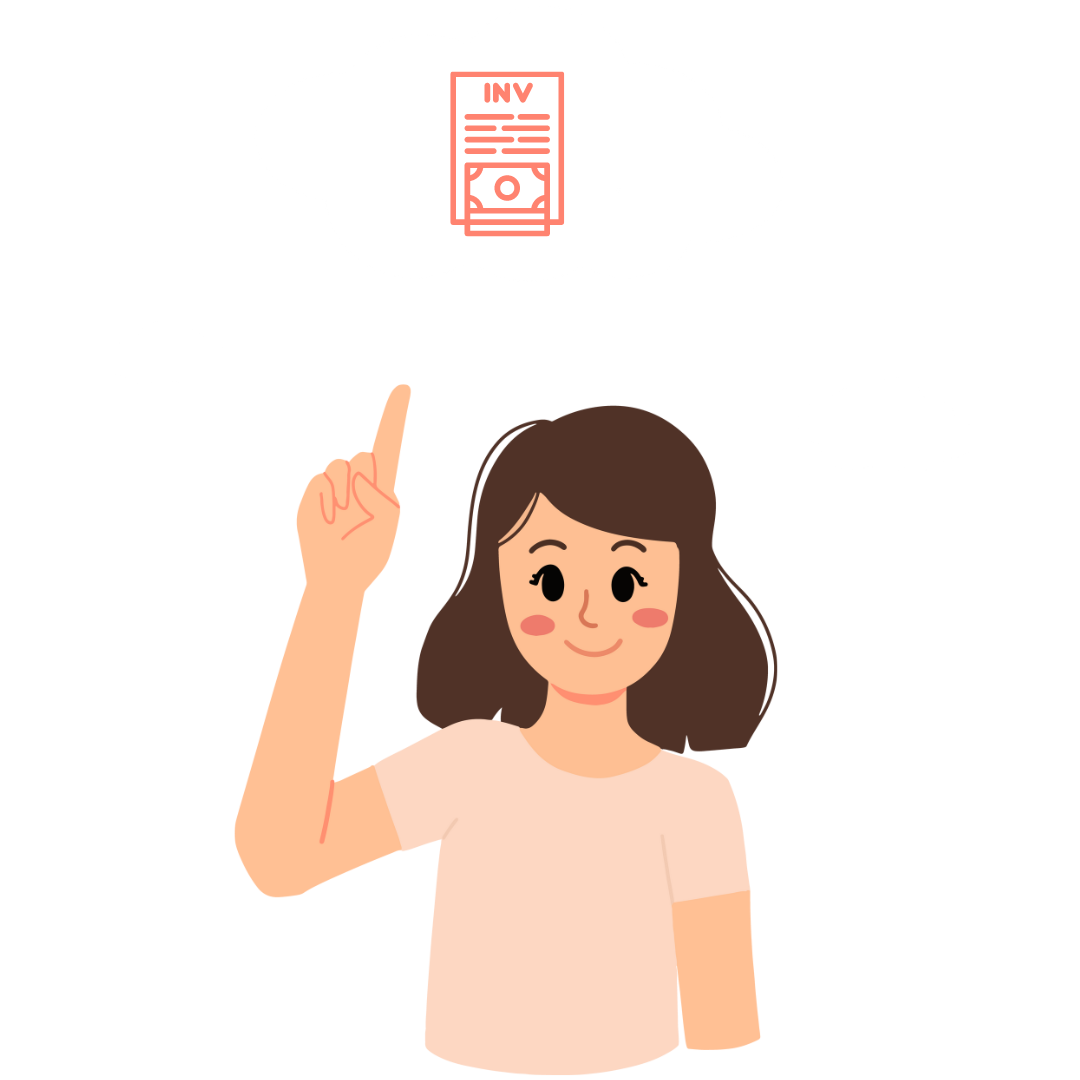PRODUCTS
Invoicing
Stop revenue leakage with automated invoicing. Optimize your process by using customizable features like our project-based pricing, multiple currencies, and an array of other payment options. Send digital invoices or integrate with client systems to submit error-free invoice to get paid on time and build client success stories.


Make Invoicing a Dream
Need to generate invoices in different currencies? Have a global outreach? What about ensuring the security and privacy of your customers is upheld? Sounds like a dream? Well, with Reltiva Invoice Management, you can bring dreams to life. By automating invoicing operations for all contract types, and on a global-scale, you can reach your target audience in simple and effective ways.
Our platform supports project-based pricing, multiple currencies, and various payment options. Linking these functions to active purchase orders ensures accuracy and financial security – you’ll automatically be notified of any financial red flags in customer transactions, so you can react ASAP. Advance your invoicing system electronically, or integrate systems so that you receive payments punctually, and boost customer loyalty.
What are the benefits?
Automate invoicing process to submit error-free invoices on time, every time
Prevent errors by improving visibility of approved project time, expenses and milestones
Support productivity levels by resolving purchase order and invoice discrepancies automatically
Improve collaboration strategies by automatically generating invoices from approved project timelines and expenses and sharing these with ease

Get started today!
FAQ
Frequently
Asked
Questions
Are billing and invoicing the same thing?
An invoice is what a company sends to a client for the services performed or materials shipped. It generally includes all components of the contract/purchase order terms and conditions along with service details. Upon receipt of the invoice, the client see it as a bill to be paid on the due date.
Though in some cases billing and invoicing are used as interchangeable terms in an invoicing system. They refer to the stage in the O2C process when your customer is provided an invoice for the product/service that has been delivered to them.
What are some invoicing best practices?
The following are the best practices of an efficient invoicing system.
1. Provide ability to capture the contract and purchase order terms and conditions accurately.
2. Including all the details in the invoicing framework so every invoice generated is specific to the client and project.
3. Whether a project is time & material, fixed-price, managed services or other project types, all information related to the project is captured error-free along with unit prices, quantity, amount, discount and tax rate.
4. Invoices are reviewed and sent promptly to the client.
It is also the best practice to use an automated invoicing system that identifies any possible credit risk/outstanding Accounts Receivables, automatically updates and tracks client details and gives your customers and project team transparency over invoice statuses.
What is invoice reconciliation process?
Invoice reconciliation process enables syncing of customer payments against submitted invoices. The reconciliation process helps identifying pending or unpaid invoices. Accounts receivable team from the organization can coordinate with sales or account teams or contact customers for payments. They can also generate a dunning report and remind customers of past due invoices.
What is the difference between invoicing and e-invoicing?
Invoicing, or outbound invoicing, refers to manually sending out paper – or a combination of paper and electronic – invoices to your customers once your product/service has been delivered to them. E-Invoicing is an automatic, smart solution to receiving payments from your customers. Not only does it provide real-time progress updates, but it assists you in getting consistent revenue and avoids the credit risk associated with losing customers to lengthy waiting times; or repetitive invoices.
